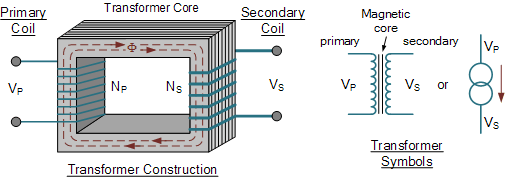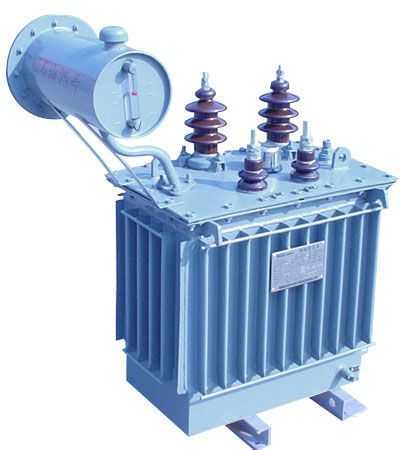

Single phase transformer
The main funcitons and features:
A single-phase transformer is a type of power transformer that utilizes single-phase alternating current, meaning the transformer relies on a voltage cycle that operates in a unified time phase. They are often used to step-down long distance and localized transmission currents into power levels more suitable for residential and light-commercial applications. The ratio of primary (input) windings to secondary (output) windings determines the change in current. Single-phase transformers with a 1:1 ratio can be used to isolate circuits. Single-phase transformers abide by Ohm's law, and outside of minor inherent loss due to heat, do not create or remove power.

Where:
VP- is the Primary Voltage VS-is the Secondary Voltage NP- is the Number of Primary Windings
NS-is the Number of Secondary Windings Φ (phi) - is the Flux Linkage

Single-phase transformers are more popular than three-phase transformers in non-urban areas, as the cost of a three-phase distribution network is much higher, and the overall electrical demand is lower. The highest voltage available in a single-phase network is regulated by utility infrastructure and industrial regulations. A single-phase transformer is frequently used for power distribution and voltage reduction for residential and commercial applications. When used with appliances, the lower voltage output is often rectified into DC current before powering appliances.




